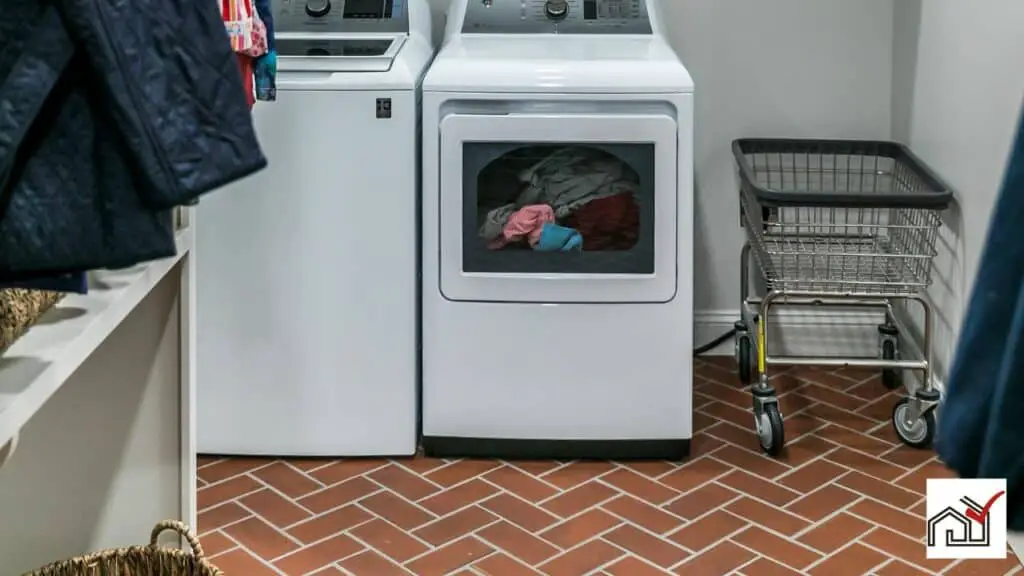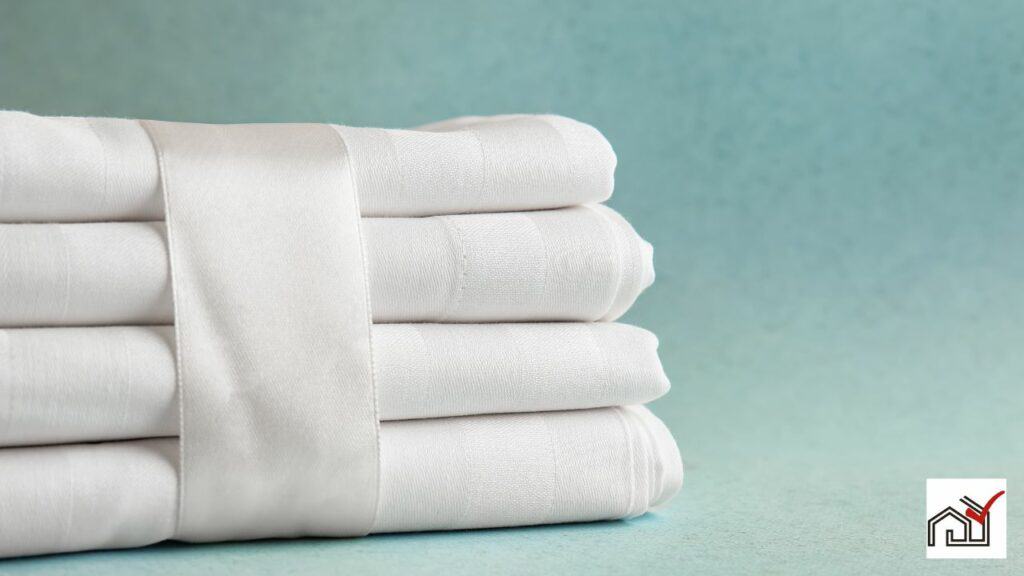A box spring can be placed on top of slats on a bed frame. Before doing so, ensure that the slats are strong enough to handle the extra weight and remain stable.
The slats should be close enough together to prevent the box spring from sagging. If the slats meet these requirements, using a box spring can improve mattress support and increase the bed's height.
Understanding Box Springs
A box spring is a type of mattress foundation with a wooden or metal frame and springs covered in fabric. It supports innerspring mattresses, providing a firm base that can help with back pain by enhancing the mattress's springiness and extending its life. Box springs can make the bed taller and must be used with compatible bed frames to distribute the mattress weight evenly.
For platform beds with slats, which allow air flow, a box spring may not be necessary or suitable. Slats themselves are a sturdy foundation for a mattress.
Box springs are not recommended for memory foam mattresses, which need solid or closely spaced slat support. Using a box spring with a memory foam mattress can lead to comfort issues and might void the mattress warranty. It's important to match the right type of mattress foundation with your mattress and bed frame for longevity and a good night's sleep.
The Role of Bed Slats
Bed slats serve as a foundation for mattresses, providing support and allowing air to flow underneath. Made from materials like wood or metal, these slats are essential for the bed frame's stability. They are spaced 2 to 2.75 inches apart to support the mattress and prevent it from sagging, which helps extend its life.
Choosing slats over a box spring offers several advantages. Slats facilitate airflow beneath the mattress, which helps keep the sleeper cool and reduces moisture, preventing mildew and dust mites.
For extra support, especially in larger beds like king or queen sizes, additional slats or a center rail can be added to the frame. A robust slat system can replace a box spring, providing a stable and breathable base for all mattress types.
Bed slats are a cost-effective choice that are easy to install, ensuring proper mattress support and ventilation for a good night's sleep.
Combining Box Spring and Slats
Some bed owners place a box spring on top of slats to increase height and support. This combination can provide the elevation of a box spring and the stability and ventilation of slats. It is also suitable for bed frames that require additional support for a box spring.
When using a box spring with slats, the slats must be spaced correctly to avoid sagging or damage to the box spring. Slats should be close enough to support the box spring and the mattress. If slats are too far apart, they may harm the box spring's durability and comfort.
Choosing metal slats may be beneficial when using a box spring, as they can support more weight and offer a long-lasting foundation. Metal slats can help ensure that the sleep surface remains supportive.
However, not all bed setups need a box spring and slats combination. Individuals should consider their bed's height, mattress support needs, and the weight capacity of their slats before deciding to combine the two. This decision should aim to improve the quality of sleep.
Advantages of a Box Spring
A box spring provides firm support and extends mattress life by distributing weight evenly, reducing mattress wear. When used with slatted bed frames, it prevents mattress sagging. It also adds height to the bed, making it easier to get in and out of.
The box spring absorbs shock and lessens the pressure on slats, creating a stronger support for the mattress. For memory foam mattresses, which need consistent support, a box spring prevents sinking between slats and helps maintain mattress shape.
Potential Issues and Solutions
Potential issues with using a box spring on a slatted bed frame include added height, which may be inconvenient, and inadequate support if slats are too far apart, leading to sagging and reduced mattress lifespan.
To address these issues, ensure slats are properly spaced. Adding more slats or using a plywood board to even out the weight can prevent sagging. For heavier loads, metal slats might be necessary for additional support and stability.
Check the mattress manufacturer's recommendations as some, like memory foam, require specific foundations. If slats are unsuitable, consider a platform bed or adjustable base.
To avoid damage from uneven slats, add support legs or use slat spacers for a stable foundation.
Making the Right Bed Choice
Choosing the right bed foundation depends on personal comfort, mattress type, and support needs. Box springs can increase height and provide a springy feel, suitable for innerspring mattresses and those who prefer a firmer, raised bed.
Memory foam and latex mattresses often work better with slats, which allow better airflow and reduce heat buildup, important for sleep quality. For memory foam and latex mattresses, a Bunkie board is an alternative to a box spring, offering a stable foundation without extra bounce or height.
It's important to consider the size of the mattress and the design of the slats. Slats should have a sturdy center support and appropriate spacing; too wide can lead to mattress sagging, and too narrow can restrict breathability.
The choice between a box spring and slats should match the sleeper's comfort preferences and the mattress's support requirements. A proper bed foundation will prolong mattress life and improve sleep.





